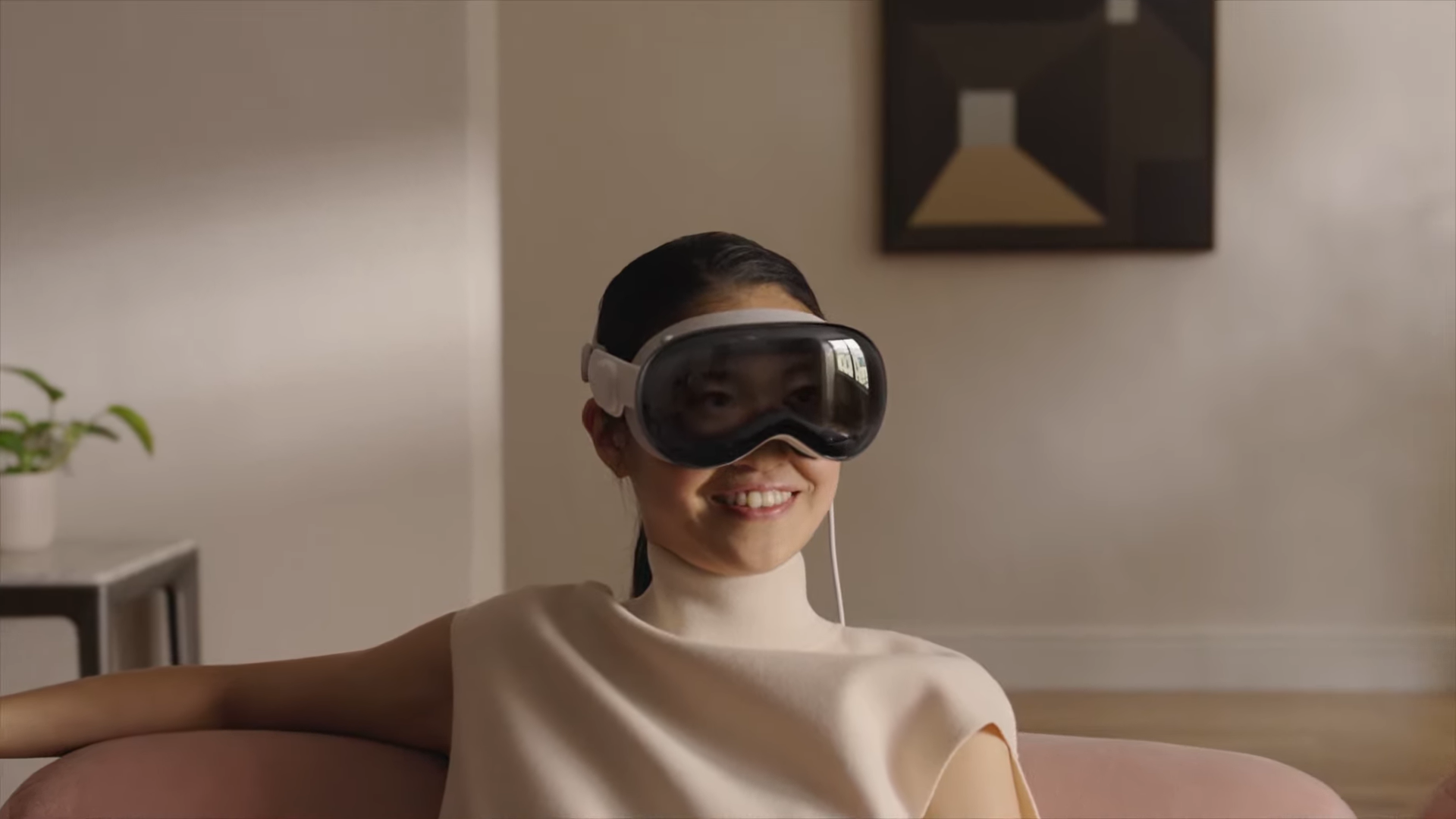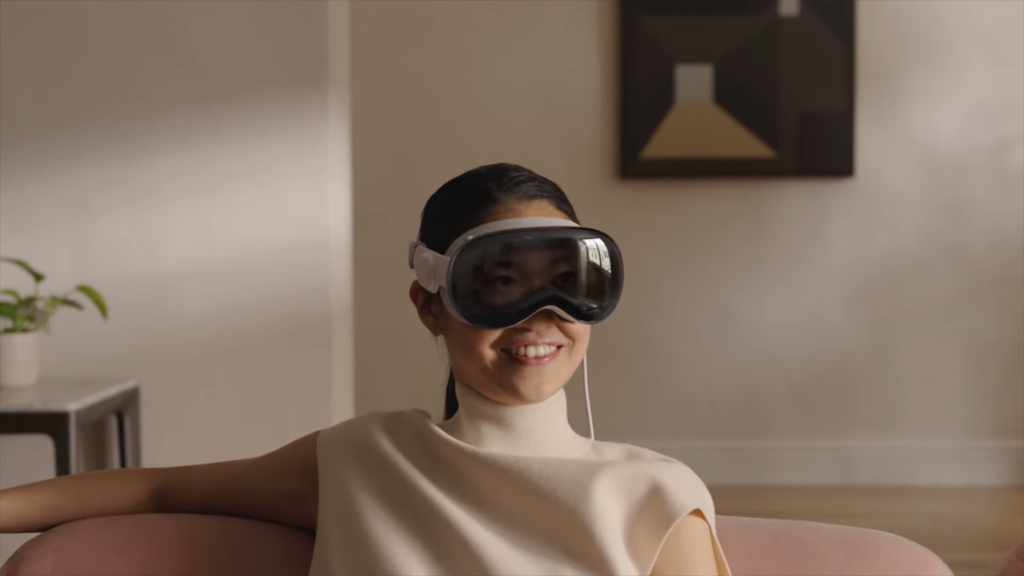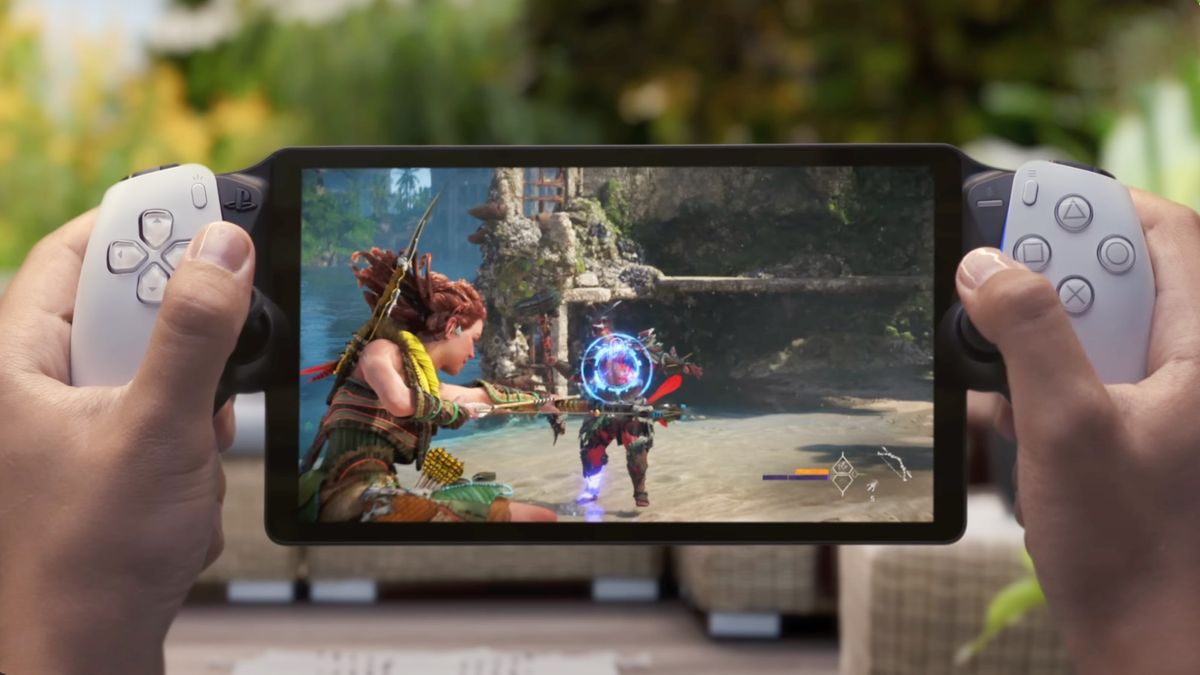

OPINION: If there’s one thing that’s absolutely dominated the talk of the tech world this week, it’s been the Apple Vision Pro.
Apple’s long-awaited headset isn’t just a rare new vertical from a company known for playing things safe, but it’s also sparked a conversation about whether Apple’s idea of an AR-filled future is set to replace smartphones altogether.
So, are we about to see a flood of Vision Pro touting users on the streets? Not a chance.
Of course, I still have to give a nod to the highly amusing videos that have cropped up throughout the week, showing a handful of outliers using the Vision Pro whilst at a cafe, walking down the street and even driving. It should go without saying but please don’t drive whilst wearing a Vision Pro – phones are distracting enough, so why would a headset be any better?
The majority of these videos are amusing because they look like something from a Black Mirror episode, and aside from using one whilst on an plane for the sake of being treated to your own private cinema, I don’t really see any use case for the Vision Pro outside of the home, and this is down to one thing: the form factor.
By all accounts, Apple’s tech is highly impressive and I have no doubt that plenty of its components are cutting edge given the $3500 price tag, but even with all the bells and whistles, the Vision Pro still falls foul of the same fatigue that has plagued Meta Quest users for years.
Just recently, I’ve been testing the Meta Quest 3’s fitness apps for a separate feature and while I love the technology at play (and am slightly addicted to VR table tennis), I can only use the headset for about 40 minutes at a time before I need a break. By the end of a session, the presence of the Quest 3 on my head becomes a little too much to bear, and until the design ethos of VR/AR changes, the Vision Pro is subject to the same problem.
Is weight an issue?
Several reviews have already complained about the weight of the Vision Pro (it clocks in at roughly 600 grams, heavier than the Quest 3’s 515 grams), and while I have no doubt that Apple will strive to reduce that weight with each iteration, I don’t think that the Vision Pro can ever take off in the way Apple wants until it undergoes a complete redesign.
If the intention is for the Vision Pro to be used for long periods of time as a productivity tool throughout the day, then it needs to take on an unobtrusive approach, similar to the Xreal Air 2 Pro. Admittedly, this is a bit of ‘pie in the sky’ thinking as the glasses-like Air 2 Pro requires a connected smartphone to carry out all of its tasks, but at least the device can actually be worn for long periods of time. I don’t foresee the Apple Vision Pro ever getting to the size of a pair of glasses, but there has to be some achievable middle-ground that’s less taxing to wear.
It’ll likely take a long time before the tech can catch up to the idea of fitting Apple’s visionOS into a genuinely comfortable bit of kit, but until that happens I don’t think the iPhone or any Android handset has a thing to worry about.





